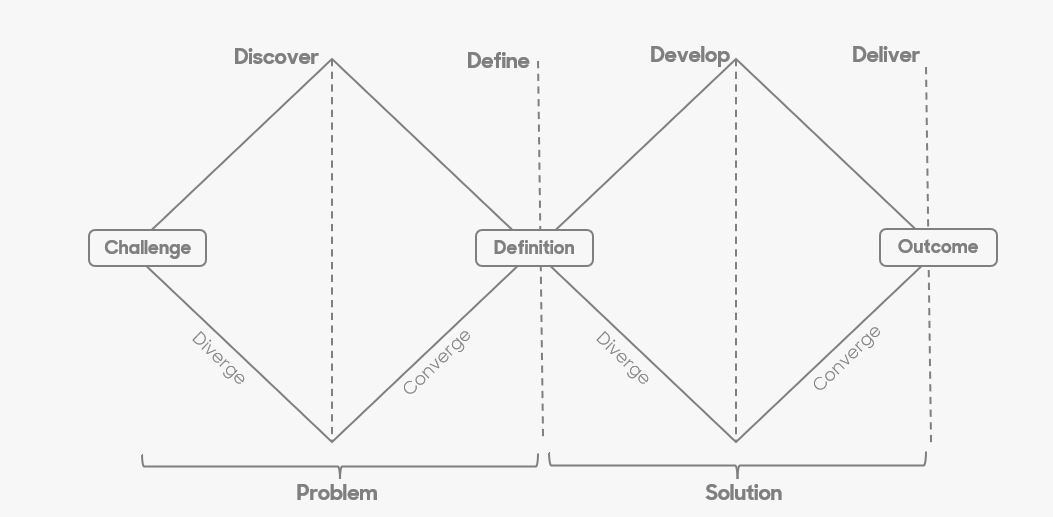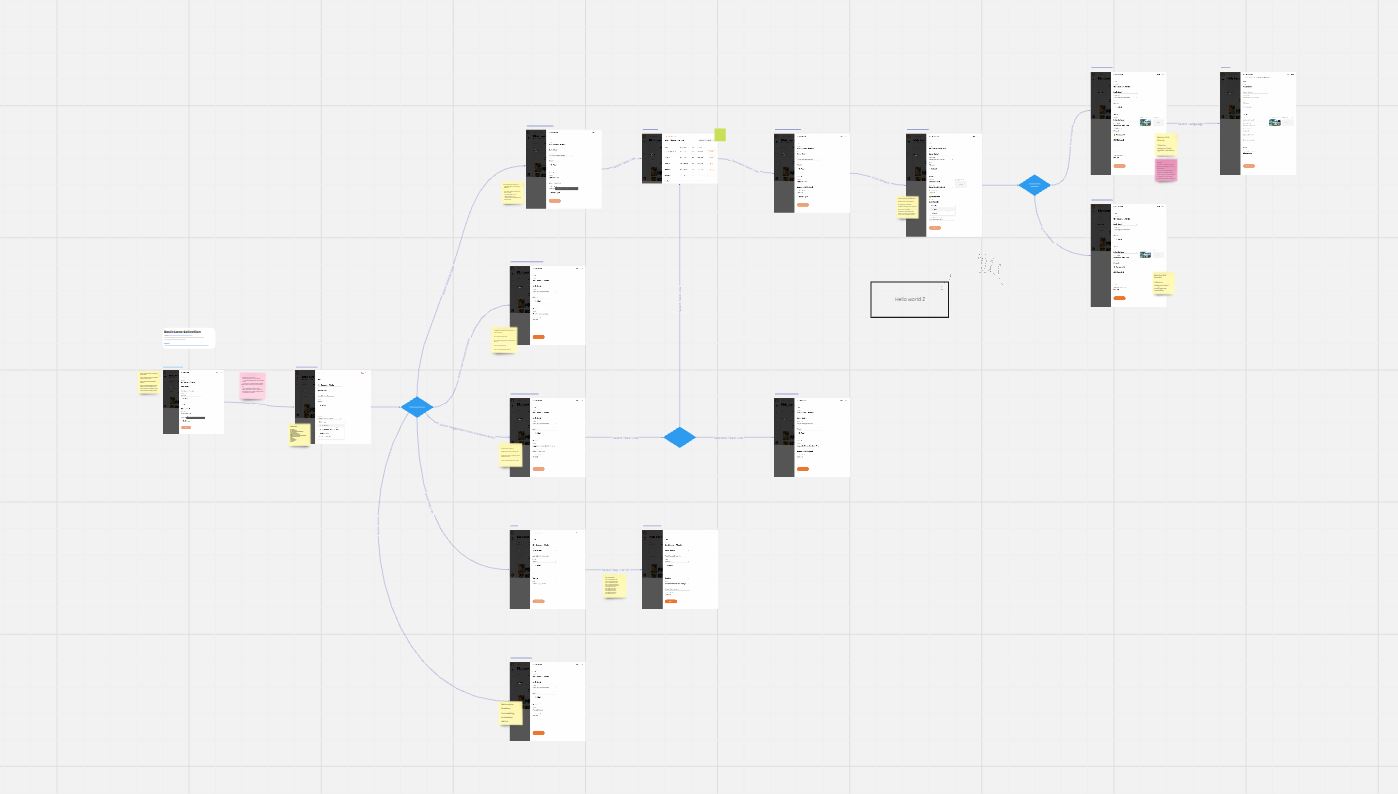Aiming for the Moon
Applying the Double Diamond Approach to Build Armstrong at Liberty Global
The Starting Point
Liberty Global is known for delivering the fastest broadband networks and partnering with leading mobile operators in each country to offer top-tier products, from 5G to fiber-rich broadband and best-in-class TV entertainment platforms.
My time at Liberty Global was a period of significant transition. I was brought on to lead the Content Operations Products team that powered their Horizon entertainment platform. Although the customer-facing platform was evolving to meet industry trends, the beautiful UI was built on legacy technology. The development teams were hitting obstacles that couldn't be resolved without major infrastructure changes.
Initially, our focus was on the Content Management System, but it quickly became clear that to build something future-proof, we needed to invest in overhauling our entire tech stack architecture
As you might imagine, everyone—from internal teams to consultants to our business partners working with mobile operators—had ideas on how to solve the problem. To balance the needs of our partners with expert advice, we applied the double-diamond approach.
For those unfamiliar, the double diamond model fosters creativity without losing focus. It allows for divergence in the ideation process but convergence in the definition phase, illustrated by the shape of two diamonds. The first diamond focuses on problem discovery and definition, while the second addresses solution development and delivery.

The Problem: Discover and Define
Each of our partners had unique business roadmaps and team structures, making their needs distinct. We aimed to address these core issues while building a product in the most efficient way possible
We conducted discovery interviews and observed current workflows to understand common frustrations and business goals. This process helped us compile a list of priorities, which we then validated with our partners to ensure satisfaction.
Liberty Global's immediate goal was to replace current functionality and unblock dev teams that were dependent on the project. Discovery interviews and usability tests confirmed that the identified dependencies aligned with our partners' priorities.
Our long-term goals were centered around ensuring scalability and performance. To track success, we defined key metrics, including system performance improvements, team velocity, and both partner and customer satisfaction.
The Solution: Develop and Deliver

I led workstreams focused on the CMS and the Metadata Management System, which had the highest impact on country operators like VodafoneZiggo in the Netherlands, Virgin Media O2 in the UK, Sunrise in Switzerland, Telenet in Belgium, and others.
Each operator represented a unique user type, and their team structures, as well as cultural differences, demanded flexibility in the product. For example, while Switzerland operated on a single product delivered in multiple languages, the UK delivered multiple products in a single language. Some operators had platforms managed by just a few people, while others had complex structures with approval flows that needed consideration.
The solution was to enable configurations at the country level, allowing for scheduled and automated tasks. This approach prevented unnecessary complications for smaller businesses while providing the necessary complexity for larger organizations.
However, achieving this in the MVP meant postponing our launch—an option that wasn't viable. We had to make tough decisions about where to compromise.
Partners were just as eager to avoid delays, so we had open discussions about the choices we faced.
The delivery included enough flexibility to significantly reduce or even eliminate the duplication of work that had been required on the former platform, particularly in managing multiple products or multi-language platforms. Excluded from the MVP were advanced scheduling, approval flows, and some automation features.
Beyond Product Development
While not all wishes were fulfilled, a clear understanding of trade-offs and transparency in our roadmap earned stakeholders' buy-in and kept them engaged with the project.
Recurring feedback loops during development allowed us to incorporate improvements at a low cost before the final release.
I must say, the success of Armstrong was only possible because we were all aligned on what needed to be done while remaining open to different perspectives and eager to learn along the way.
I'm immensely proud to have worked with such an amazing team, and I can confidently say that this experience has made me a better professional. We aimed for the moon—and we got there.